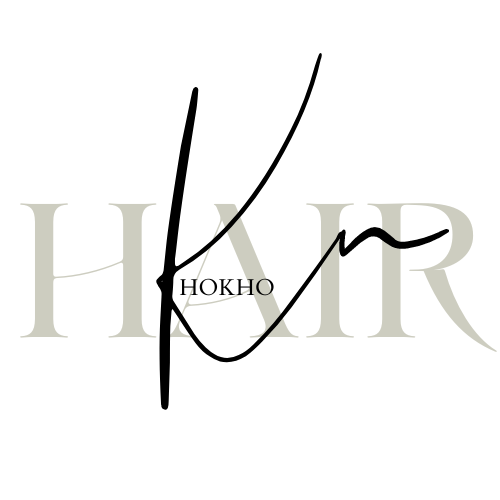Choosing the right wig can be confusing with all the terms thrown around. If you're scratching your head over how to go about choosing your hair, don’t worry, we’ve got you 😊
You often hear hair being described as 9a, 10a, 11a, 12a, 13a, 14a, and even 15a - there is no universal standard to grade hair in the hair industry. Each factory sets their own grading system, so one factory can call their hair 12a and another factory can call the very same hair 15a.
What’s important, is to understand the overall quality of the hair by asking the following questions:
It’s human hair, but is it 100% human hair?
Some human hair is mixed with synthetic hair. Some human hair is mixed with animal hair. It’s important to know if your wig is made of 100% human hair - one can do the burning test to tell the difference.
Source
Once you know that it’s 100% human hair, you need to understand where it comes from. Some hair is sourced from salon floors, hairbrushes, or drains, raising ethical concerns about the origin and treatment of the hair. This is typically the case with some non-Remy hair.
Is the cuticle intact? Is the cuticle aligned?
In simple terms, the cuticle is that outer layer of each strand of hair that protects the inside of your hair from things like the sun, styling and chemicals that could harm it. When the cuticles are smooth and closed, your hair looks shiny and feels smooth. But if they're damaged, your hair looks frizzy and dry.
Remy vs. Non-Remy: Remy hair has its cuticles aligned in the same direction, which means less tangling and matting. This gives the hair a smooth and natural appearance. Non-Remy has cuticles pointing in different directions. To make the hair useable the cuticles are removed through acid treatment and coated with silicone to make it smoother and shiny – the silicone wears off over time. It may look beautiful in the beginning, but it quickly loses its shine and is prone to tangling and shedding - It's the one-hit wonder of the hair world.
Processing: How much has the hair has been altered or treated to enhance it? Extreme processing can compromise the authenticity and the longevity of the hair. So, hair that hasn't been processed much (raw and virgin hair) is way better than hair that has been processed a lot.
Longevity: The durability of the hair and its ability to withstand styling and regular wear without significant damage contributes to its overall quality. Raw and virgin hair have a longer life span than other types of hair.
Natural Look: Consider the hair’s ability to maintain a natural appearance. Hair shouldn’t be too shiny or look like it’s been altered a lot.
Origin: Hair is often categorized based on its origin, such as Cambodian, Indian, Brazilian, or European. Different regions produce hair with distinct textures and characteristics. Learn about the different characteristics.
In Conclusion:
Choosing the perfect wig is undoubtedly a journey, but with the right knowledge, you can confidently pick one that suits you best.
It's crucial to remember that grading systems are not regulated and lack universal standards. What truly matters is understanding the quality and characteristics of the hair you're investing in, like cuticle alignment, processing, longevity, natural look, sourcing etc.
So, whether you're chasing a glam or more natural look, choose wisely, embrace confidently, and let your hair tell its own unique story. Happy wig hunting!

